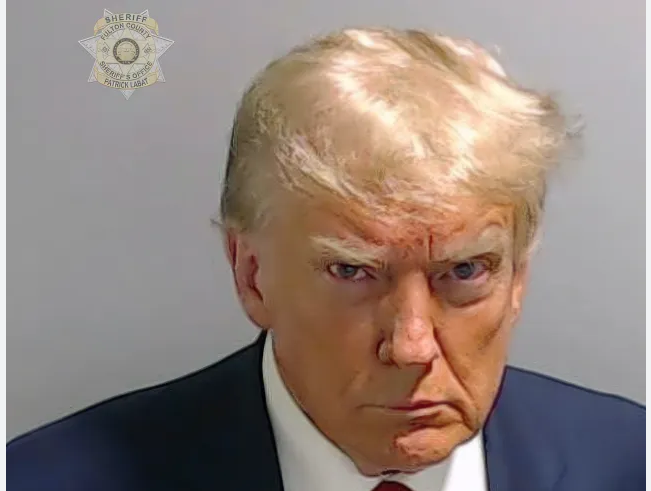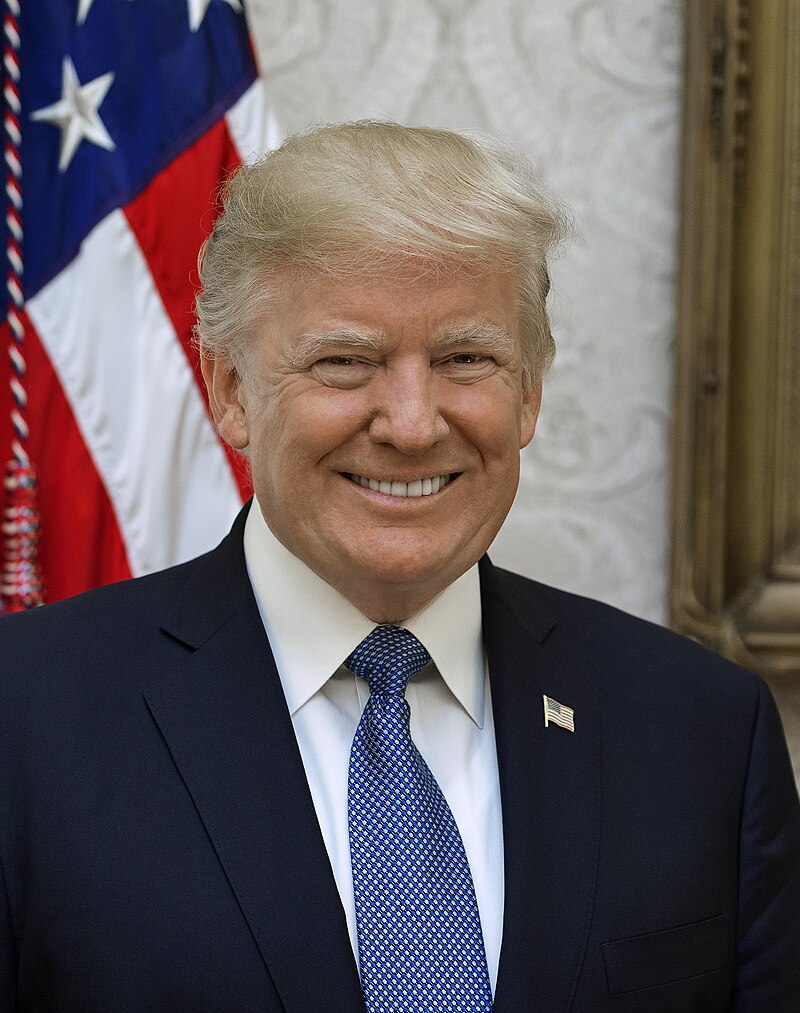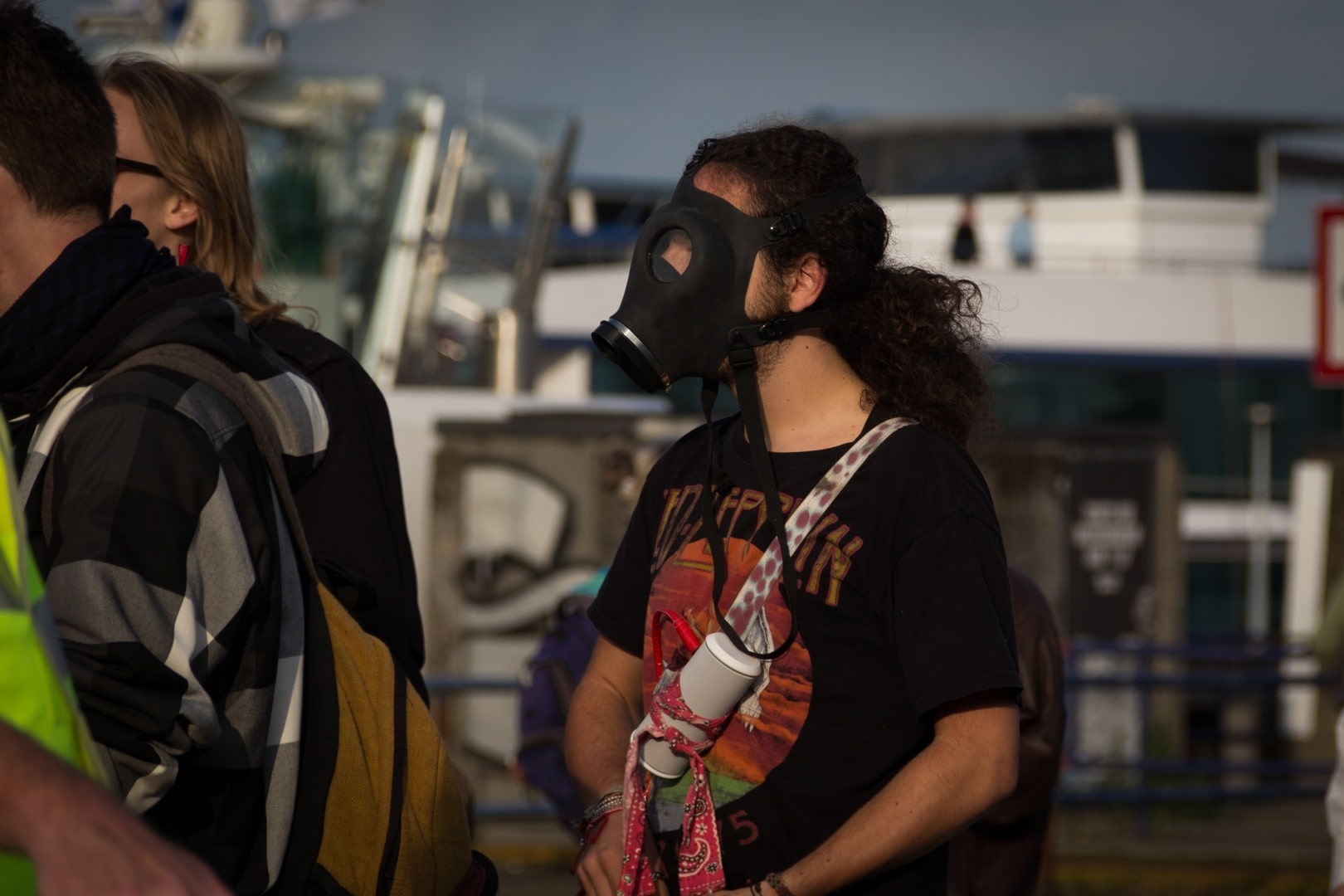Donald Trump’s political career has been characterized by a polarizing and confrontational style that often evokes the image of a bully. From the moment he descended the escalator in Trump Tower in 2015 to announce his candidacy for president, Trump displayed a brash, unapologetic, and combative attitude that set the tone for much of his public life. His rhetoric has frequently been described as abrasive, inflammatory, and designed to demean his opponents, and many view his behavior as embodying the traits of a classic bully.
The Use of Insults and Name-Calling
One of the most evident ways Trump fits the mold of a bully is through his frequent use of derogatory nicknames and insults aimed at opponents, critics, and even members of his own party. Throughout his political career, Trump has coined demeaning nicknames for various political figures, diminishing their reputations and casting them in a negative light. For example:
- “Crooked Hillary” was his repeated epithet for Hillary Clinton, which he used to paint her as dishonest and corrupt during the 2016 presidential campaign.
- “Little Marco” for Senator Marco Rubio during the Republican primaries, which not only attacked Rubio’s stature but also aimed to belittle his candidacy.
- “Sleepy Joe” was Trump’s chosen nickname for Joe Biden, meant to portray the former vice president as old, slow, and lacking energy.
These names were not mere campaign strategies but deliberate attempts to diminish and humiliate his opponents, a tactic frequently employed by bullies to assert dominance and control.
Public Humiliation and Intimidation
In addition to his penchant for insults, Trump has been known to use public humiliation as a tool to control and intimidate those around him. His infamous feud with the late Senator John McCain is one such example. Trump insulted McCain’s military service by stating, “He’s not a war hero. He was a war hero because he was captured. I like people who weren’t captured.” This statement was widely condemned, particularly given McCain’s five-and-a-half years as a prisoner of war during the Vietnam War.
Trump’s dismissive comment was not just an insult—it was an attempt to undermine McCain’s integrity and legacy. By attacking a decorated war hero, Trump demonstrated his willingness to target anyone, regardless of their status or sacrifices, if it suited his personal or political gain.
Another glaring example of Trump’s public bullying is his treatment of the press. His repeated branding of major news outlets as “fake news” and calling journalists the “enemy of the people” has created a hostile environment where members of the media are publicly attacked and harassed by his supporters. This rhetoric mirrors the behavior of a bully, where one targets a group perceived as threatening and attempts to discredit or silence them through intimidation.
Mocking Vulnerabilities
A defining trait of bullying behavior is the act of mocking others for their weaknesses or vulnerabilities, and Trump has not shied away from this behavior. One of the most controversial moments of his campaign came when he publicly mocked a disabled reporter, Serge Kovaleski, who has a congenital joint condition. During a 2015 rally, Trump flailed his arms in an exaggerated manner while mimicking Kovaleski’s physical condition. This incident drew widespread condemnation as an act of cruelty, yet Trump denied that he was mocking the reporter’s disability, even though the incident was widely captured on video.
Such actions reflect classic bullying: identifying someone’s vulnerability and exploiting it to undermine them. Instead of engaging in a respectful debate, Trump’s instinct is often to belittle his opponents through mockery, especially when they are unable to respond on equal footing.
Encouraging Aggression
Trump’s bullying tendencies extend beyond words to encouraging aggressive behavior among his supporters. At his rallies, he often spoke in ways that appeared to incite violence. During his 2016 campaign, Trump famously said, “I’d like to punch him in the face,” referring to a protester being escorted out of a rally. On another occasion, he urged his audience to “knock the crap out of” anyone who looked like they might throw a tomato at him, promising to pay the legal fees for any supporter who did so.
This incitement of violence is a hallmark of bullying behavior—stirring others to act aggressively to maintain control or instill fear. His rhetoric made it clear that violence or aggressive responses were acceptable and even desirable, so long as they were directed at those he labeled as enemies.
Manipulating Power to Discredit Opponents
Bullies often wield their power to manipulate situations in their favor, and Trump has been no exception in this regard. He has consistently used his platform to cast doubt on the legitimacy of any criticism or investigation directed at him. A prime example is his response to the investigations into Russian interference in the 2016 election. Trump consistently referred to the investigation as a “witch hunt” and attacked Special Counsel Robert Mueller, the FBI, and intelligence agencies as biased and out to get him.
Rather than engage with the concerns or defend his innocence in a constructive way, Trump attacked the credibility of the entire investigation, discrediting those who were involved. His ability to cast doubt on those investigating him and turn his base against institutions is a clear use of power to undermine and delegitimize his critics, a tactic often seen in bullying behavior.
The Impact of Bullying on Political Discourse
Trump’s style of bullying has had a significant impact on political discourse in the U.S. His confrontational approach has shifted the boundaries of what is acceptable in political communication. Where personal attacks, mockery, and public humiliation were once seen as unprofessional or beneath the dignity of public office, Trump normalized these tactics, using them to rally his base and discredit his opponents. This has resulted in a more divided, polarized political landscape, where civility is often abandoned in favor of inflammatory rhetoric and personal attacks.
Moreover, Trump’s bullying tactics have emboldened others to adopt similar strategies. His success in using these methods has demonstrated that they can be effective in garnering attention, controlling narratives, and maintaining loyalty from a dedicated following. However, this success comes at a high cost to the quality of public discourse and the ability to engage in meaningful, respectful political debate.
Conclusion
Donald Trump’s behavior exemplifies many traits associated with bullying. Through insults, public humiliation, mockery, incitement of violence, and the manipulation of power, he has crafted a political identity that thrives on dominance and control. While his tactics have garnered loyalty from a dedicated segment of the population, they have also led to increased division, hostility, and a culture of incivility in politics. Whether one supports or opposes Trump, his legacy as a political figure who embraced and employed bullying tactics is undeniable, leaving a lasting impact on the political landscape.



